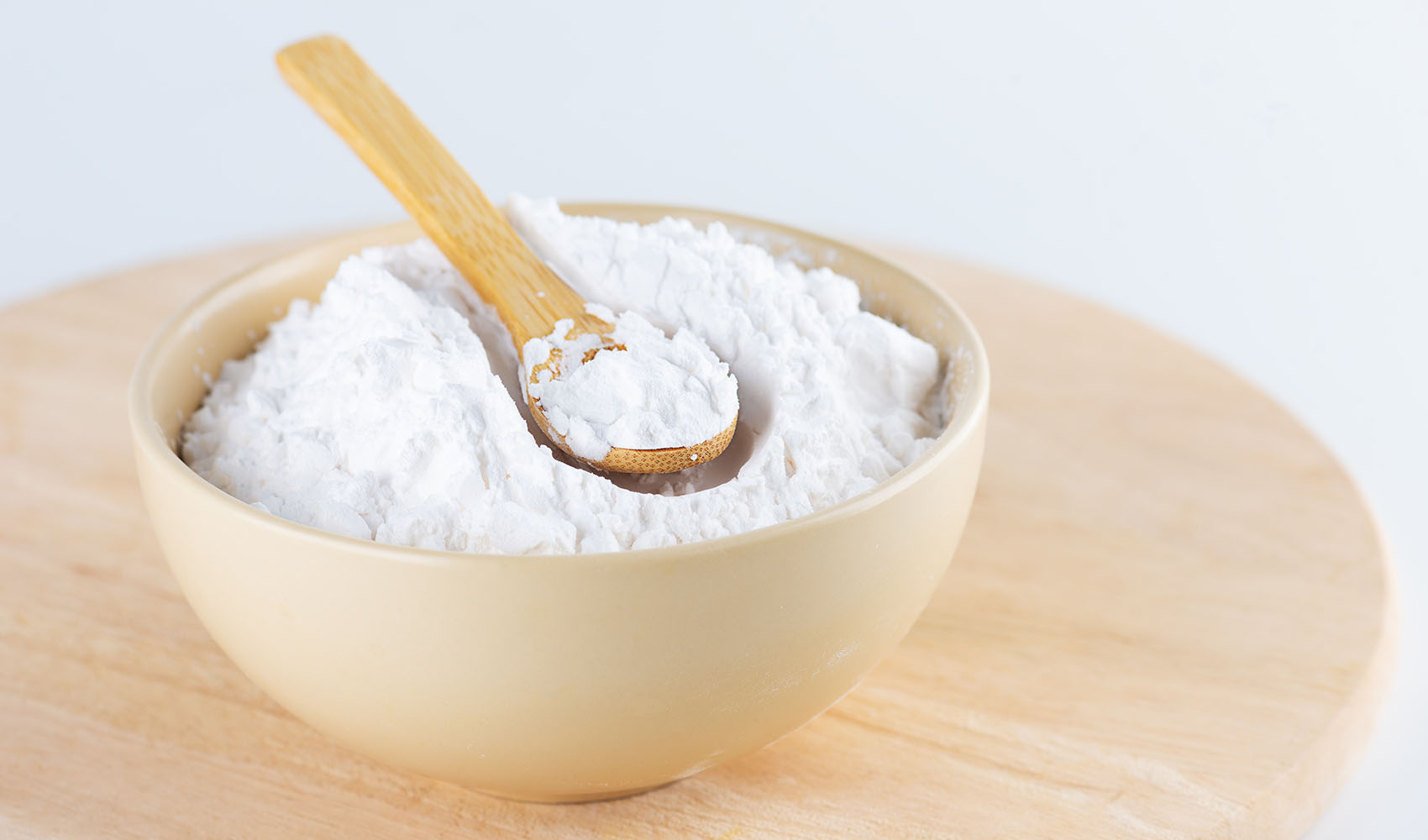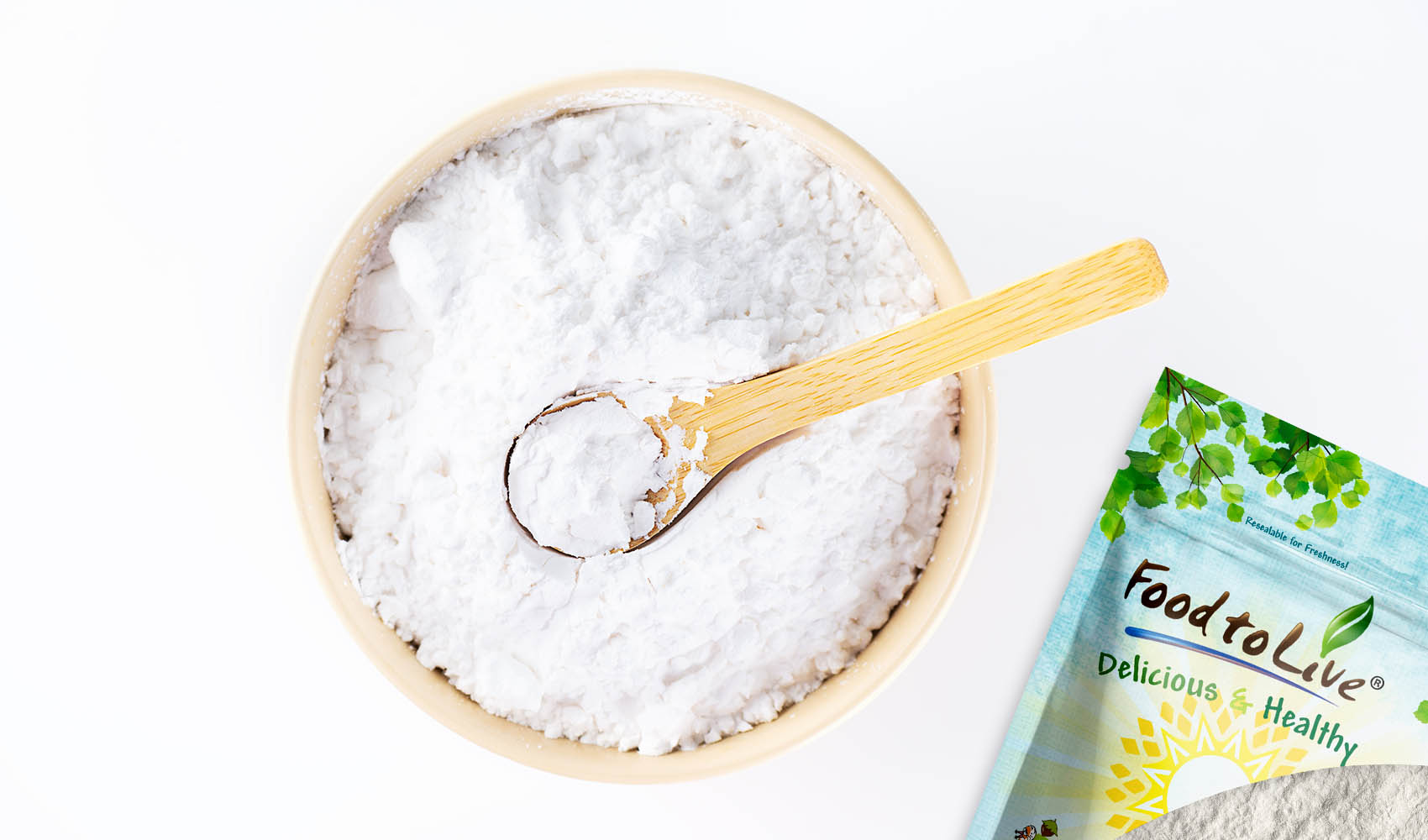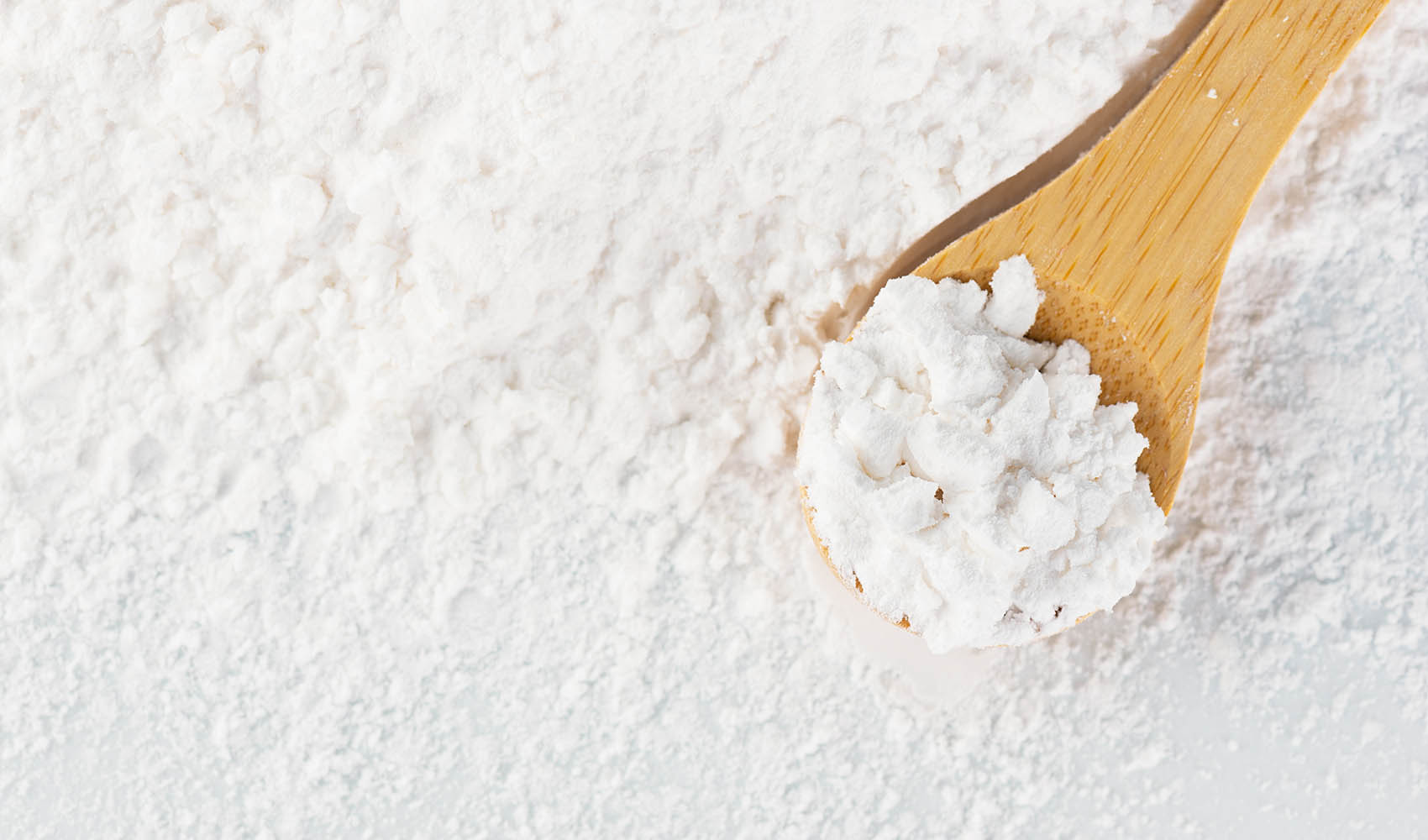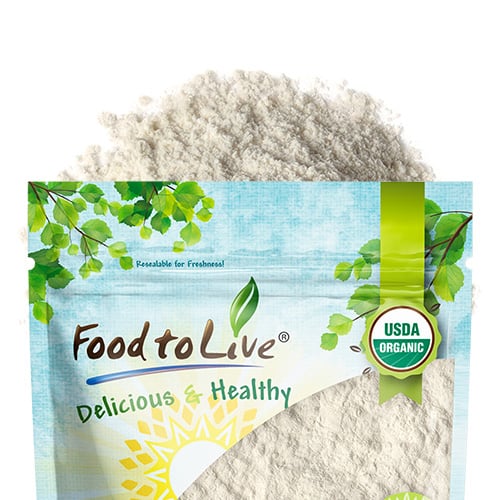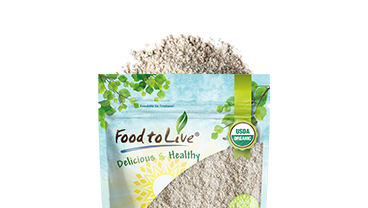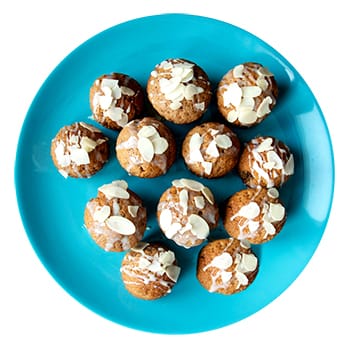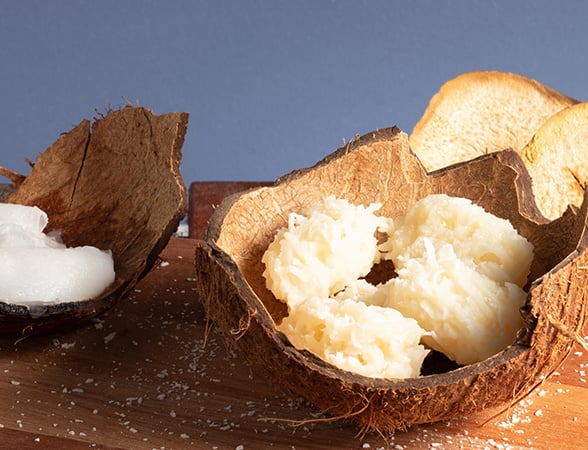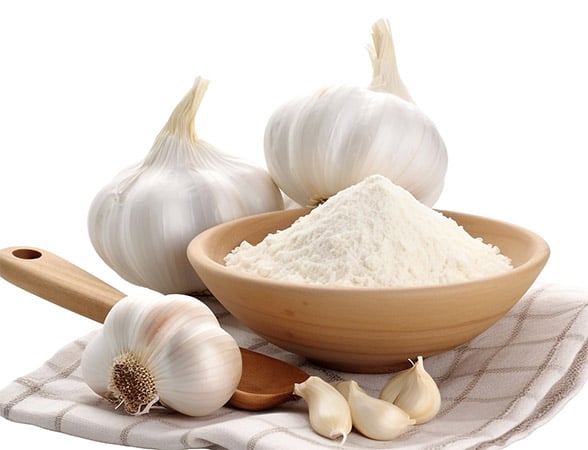May 24, 2024 · Written by Foodtolive Team
Why Tapioca Flour Should Be in Your Pantry
Tapioca flour, derived from the starchy root of the cassava plant, is a versatile ingredient that can transform your cooking and baking. Whether you’re looking to make gluten-free recipes or simply want to explore new culinary possibilities, tapioca flour is a fantastic choice. In this guide, we’ll dive into the benefits, uses, and recipes for tapioca flour, making it easy for you to incorporate this amazing ingredient into your kitchen.
What is Tapioca Flour?
Tapioca flour, also known as tapioca starch, is a fine, white powder extracted from the cassava root. It’s a popular ingredient in gluten-free cooking and baking due to its ability to add structure and chewiness to recipes. Tapioca flour is naturally gluten-free, grain-free, and nut-free, making it an excellent option for those with dietary restrictions.
Benefits of Tapioca Flour
- Gluten-Free: Tapioca flour is a staple in gluten-free kitchens, providing a great alternative to wheat flour.
- Neutral Flavor: Its neutral taste makes it a versatile ingredient that can be used in both sweet and savory dishes.
- Improved Texture: It adds chewiness and elasticity to baked goods, mimicking the properties of gluten.
- Thickening Agent: Tapioca flour is an excellent thickener for soups, sauces, and gravies, providing a smooth and glossy finish.
- Allergen-Free: It’s free from common allergens like gluten, nuts, and grains, making it suitable for a variety of diets.
Common Uses of Tapioca Flour
- Baking: Tapioca flour is often used in gluten-free baking to add structure and chewiness to bread, cookies, and cakes. It works well in combination with other gluten-free flours.
- Thickening Soups and Sauces: Its ability to thicken without altering the flavor makes it ideal for soups, stews, and sauces. Simply mix it with a small amount of cold water to create a slurry, then add it to your dish.
- Making Boba: Tapioca flour is a key ingredient in the beloved tapioca pearls (boba) found in bubble tea. These chewy pearls add a fun texture to drinks and desserts.
- Coating for Frying: Use tapioca flour as a coating for frying foods. It creates a crisp, golden crust that’s lighter than traditional flour coatings.
- Binding Agent: It can be used as a binding agent in meatballs, burgers, and veggie patties, helping to hold ingredients together.
Recipes Using Tapioca Flour
- Tapioca Bread:
- Ingredients: Tapioca flour, almond flour, eggs, olive oil, salt, baking powder.
- Instructions: Combine the dry ingredients, then add the wet ingredients and mix until smooth. Pour into a loaf pan and bake until golden brown.
- Tapioca Pudding:
- Ingredients: Tapioca flour, milk (or a dairy-free alternative), sugar, vanilla extract, a pinch of salt.
- Instructions: Mix tapioca flour with milk and cook over medium heat until it thickens. Add sugar, vanilla, and salt, then continue to cook until the pudding is smooth and creamy.
- Crispy Fried Chicken:
- Ingredients: Chicken pieces, tapioca flour, salt, pepper, garlic powder, oil for frying.
- Instructions: Season the chicken, then coat in tapioca flour. Fry until crispy and cooked through.
- Bubble Tea:
- Ingredients: Tapioca flour, water, brown sugar, tea, milk (or a dairy-free alternative).
- Instructions: Make a dough with tapioca flour and water, then roll into small balls and cook in boiling water until they float. Add to your tea and sweeten with brown sugar syrup.
Side Effects and Allergens
While tapioca flour is generally safe for most people, it’s important to note that it is high in carbohydrates and low in protein and other nutrients. It should be consumed in moderation, especially by those managing blood sugar levels. Additionally, although rare, some individuals may have allergies to cassava, so it’s important to be aware of any adverse reactions.
Storage Tips
Store tapioca flour in an airtight container in a cool, dry place. It can last for up to a year if stored properly. For longer shelf life, consider keeping it in the refrigerator or freezer.
Tapioca flour is a versatile and invaluable ingredient in the kitchen, offering numerous benefits and uses. Whether you’re baking gluten-free treats, thickening a sauce, or making your own bubble tea, tapioca flour is sure to enhance your culinary creations. Experiment with the recipes and tips provided in this guide to discover the many ways you can enjoy the wonders of tapioca flour.

